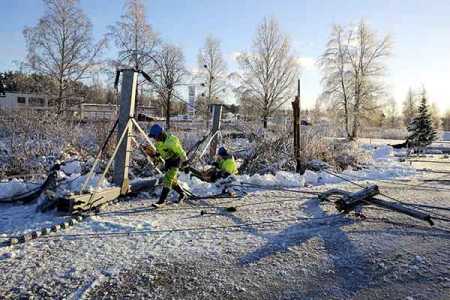The blast of arctic air spreading across the nation will set the stage for a winter storm to threaten the Northwest later this week.
Frigid air will not only spend this week pouring across the eastern two-thirds of the nation, but will also continue to spill into the Northwest.
As the cold air expands southwestward, gusty winds will create even lower AccuWeather.com RealFeel® temperatures through Wednesday.
As the cold air squeezes through the Columbia Gorge, winds will pick up speed in a fashion similar to what happens between buildings in a city. Gusts of 40 to 60 mph can occur near the western mouth of the gorge into Wednesday.
The strongest winds will whip Troutdale, Oregon, with gusts of 50 mph expected in Portland.
Such winds could cause tree damage and power outages. Dangerous cross-winds will threaten high-profile vehicles, including those traveling Interstate-84 as it snakes along the Columbia River and the portion of I-5 in the Portland, Oregon, area.
As the winds die down later Wednesday, attention will then turn toward a new Pacific storm due to arrive late in the week.
While the storm will be far from the strongest to slam the region, the presence of the cold air will set the stage for snow and ice to fall outside of the mountains and create travel hazards.
Current indications point toward an icy mix developing along the I-5 corridor in northern Oregon and southern Washington Wednesday night through Thursday morning.
